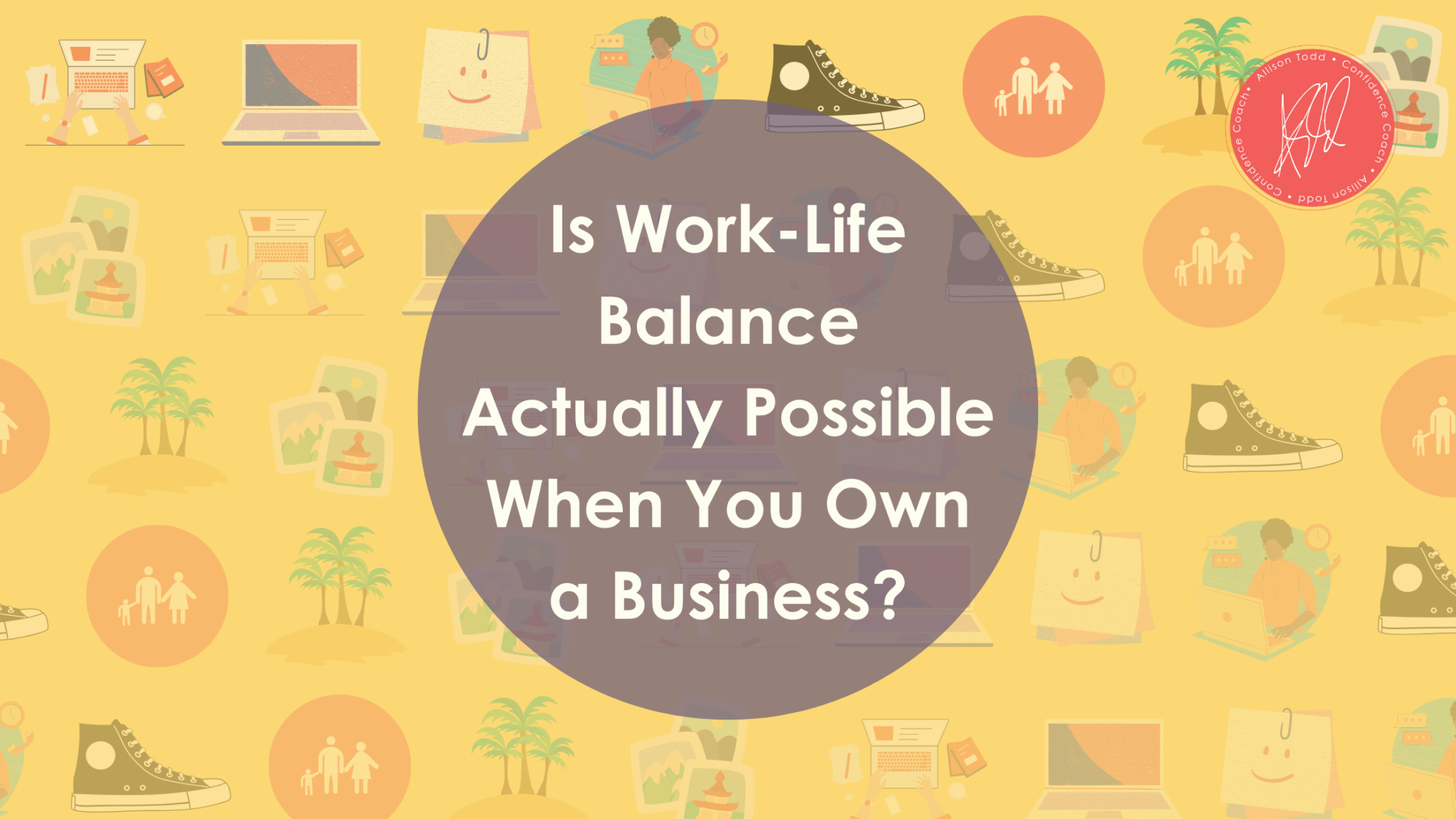Compassion comes from the Latin word compati, which means “suffer with.” Showing compassion has been a key component of nearly every religion as a way to connect with others and spread harmony.
In psychology, compassion is an action more than an emotion. It combines elements of love, care, and empathy with the intent to alleviate the suffering of others or share in it with them.
Recently, research has indicated that compassion is an important aspect of a productive work environment. Showing compassion to managers, colleagues, and employees is essential for job satisfaction and motivation.
Understanding Compassion
Showing compassion for others depends on three factors:
- – We must feel that the troubles causing suffering are serious.
- – We expect that the sufferer’s troubles are the result of external circumstances (not self-inflicted).
- – We must be able to empathize and picture ourselves in the circumstances.
Compassion isn’t a give and take. In most cases, the person showing compassion rarely expects to receive the same or get something for their expression. Basically, compassion is “empathy in action.”
In the workplace, showing compassion can lead to reduced stress and more job satisfaction for employees. It also inspires more loyalty, dedication, and engagement, reducing employee attrition and low morale.
We can express compassion in the workplace by:
- – Actively listening without judgment
- – Noticing when colleagues are experiencing personal stress or pain and making an effort to help them feel more comfortable and secure in the workplace
- – Accepting criticism and addressing underperformance or failure without unnecessary harshness
Showing compassion in this manner not only benefits the people involved, but it has a positive impact on the company’s performance culture. Empathy and kindness upgrade the value system of the employees and they feel more involved with the team.
Benefits of Workplace Compassion
Employee Retention
One of the key benefits of a compassionate workplace is employee retention, especially with compassionate leaders. Employees who receive empathy and support from their colleagues and leaders regularly are more likely to stick around and put effort into the organizational goals.
Conversely, if employees are treated poorly or receive no professional cooperation, they will eventually lose motivation and productivity will suffer.
Stress Reduction
Compassion creates space for active communication. Employees in compassionate workplaces can vent out their professional stress (appropriately) and socialize to improve productivity. Compassion can also help with managing work stress and burnout in fast-paced environments.
Physical Well Being
Feeling compassion not only offers psychological benefits but physical ones. Employees who spend time interacting with their colleagues show steady blood pressure and heart rate, according to studies.
Less stress also means better immune systems, reducing the number of sick days and illness. Employees can better manage their work-life balance and enjoy a healthier work and social life.
Interpersonal Bonding
Leaders who take compassionate approaches to work have employees who are likely to reciprocate and work harder for the company. They form healthier and stronger professional relationships and feel that they are part of a team, contributing to better work performance and satisfaction.
What Is Compassionate Leadership?
Compassionate leadership is focused on the individual and their needs, as well as the needs of the team. These leaders can inspire a journey of personal growth and development, no matter how tough the challenges get. They understand that no one is perfect, but they see potential in others and help them reach it.
Modern-day leaders who want to navigate their people and organizations toward success require compassionate leadership. In the past, compassion was seen as a weakness – compassionate people were “soft.”
Now, leaders must treat their colleagues and teams with care and kindness to help them succeed, as individuals and as a team.
Tips for Showing Compassionate Leadership at Work
If you’re wondering how you can apply these skills to your own workplace and teams, here are some tips:
Self-Compassion
Positive vibes start with yourself. You must prioritize self-care and kindness to yourself before you can show it to others. Forgive yourself for past mistakes, focus on your strengths instead of your weaknesses, and pay yourself compliments.
Effective Communication
The key to being compassionate at work is communicating effectively. No matter who you’re speaking to, communicate openly and clearly to avoid confusion. You should also listen to employees or colleagues who feel comfortable confiding in you and show patience and neutrality.
Touch can be powerful when you’re expressing empathy. Physical contact is minimal in the workplace, but you can use it appropriately with a light touch on the shoulder or holding a hand while listening to a story.
If physical contact isn’t appropriate or comfortable in the situation, show nonverbal cues that express compassion and empathy like eye contact or turning your body toward the person speaking.
Initiation
It takes one person to make the first move and show compassion. Whether you do it with personal support, feedback, or an open discussion about opinions, you can set an example to the entire team and teach them to be more open and empathetic to each other.
Thoughtfulness
Being in tune to the emotions and thoughts of others is an important aspect of compassion. Consider how your words or actions may affect your colleagues, subordinates, or managers and think about how you’d feel in their situation.
Encouragement
Compassion in the workplace is most often reflected by verbal encouragement and motivation. You can show compassion in the workplace by supporting your colleagues and cheering others on for their work and achievements. This type of positive reinforcement can bring about favorable changes.
Flexibility
Compassionate leaders need to have an open mind and realize the power that small changes in daily routine can influence productivity. Instead of being “stuck in their ways,” compassionate leaders are ready to tweak their leadership policies, lifestyle, or strategies to benefit an individual, team, or the entire organization.
Learning
A compassionate leader never stops asking questions, prompting feedback, and learning from others. Gaining new perspectives helps you get closer to others and remove any barriers to their success.
Mindfulness
Leaders have an array of tasks to complete in one day. Taking a moment to slow down, breathe, and observe can help you gain the mindfulness of your team and work environment. If there are stressors or tension, you can identify and address them more readily.
Gratitude
Everyone wants to feel like they’re positively contributing to their workplace and that they’re appreciated. When leaders show gratitude, they earn respect from their employees. This can be done through mentoring, guidance, or merely recognizing a job well done or work put in.
Team Spirit
In the past, workplaces thrived with employees that came to work, did their jobs, and went home. Employees don’t want to just take orders anymore, not feeling like their work contributes to anything important. They want to feel valued, appreciated, and most importantly, useful.
Promoting team spirit makes a workplace more appealing and helps everyone involved in a project or team feel like they’re working toward a shared goal. This not only motivates better work, but it promotes healthier interpersonal relationships.
Top Examples of Compassionate Workplaces
Compassion is slowly working its way into modern companies. These three companies show how compassion can contribute to success:
The Hospital Corporation of America
The Hospital Corporation of America (HCA) is a leading healthcare organization in the US. With over a hundred hospitals and a vast number of employees working at different levels, it’s incredible that HCA has a strong track record of a supportive, positive environment.
In fact, the HCA’s codes of conduct include policies for compassion toward colleagues and clients. The company is proud of its emotionally rewarding culture and strives to provide everyone – from top to bottom – with equal kindness and empathy.
The UnitedHealth Group
The UnitedHealth Group is an American healthcare company that ranked fifth in the most successful companies in Fortune 500 rankings in 2018. The company’s tagline even encourages empathy by stating: “Walk in the shoes of the people we serve and those with whom we work.”
The Autism Research Center
The Autism Research Center (ARC) is an initiative of Cambridge University in the United Kingdom to promote awareness of autism, the benefits of early prevention, and the importance of extensive research.
Despite having a huge team of scientists, professionals, and support staff from all over the world, the ARC has a strong commitment to the principles of empathy and kindness. Education, collaboration, and support are the foundation of ARC and attract researchers, educators, and parents to the cause.
Compassion Is the Key to Success
If you want to be an effective leader, it’s essential to have compassion for the people who work with you. Compassionate leaders are not as common as they need be, but they’re an asset to the workplace.
Compassionate leaders listen, invest in their people, and create a collaborative culture with a positive attitude to help employees feel valued and appreciated. Through compassionate leadership, you can spread joy, connect with others, and resonate positivity in your organization.









